21 Bedtime Books Every Parent Used To Read To Their Kid Back In The Day
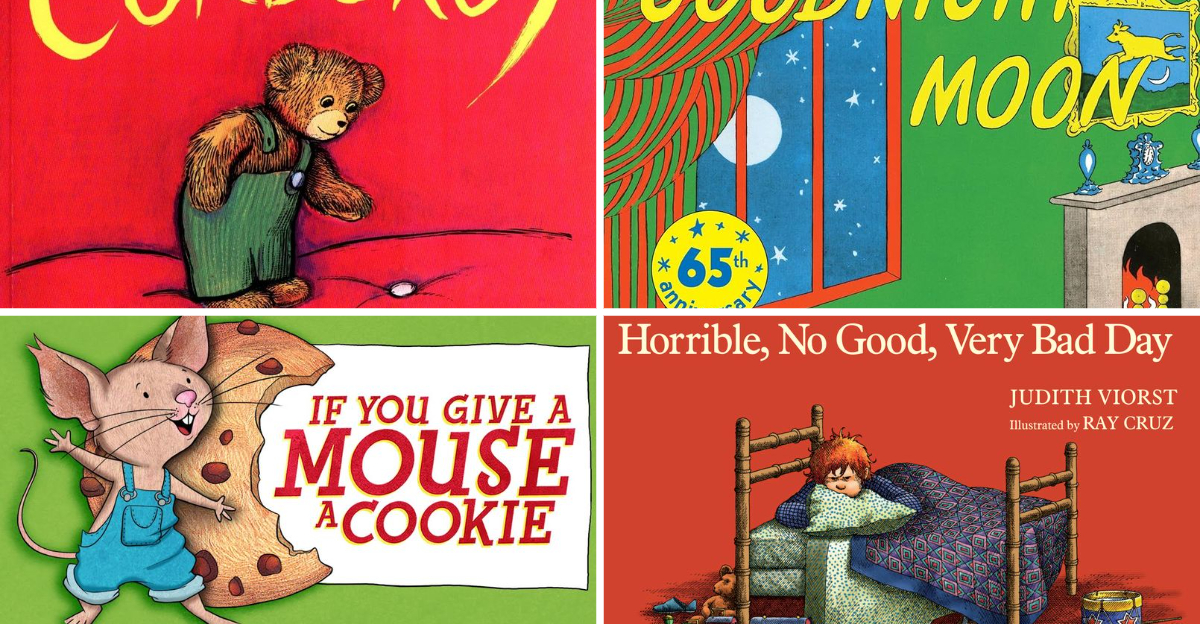
Remember those magical moments nestled under the covers, the soft glow of a bedside lamp casting warm shadows as mom or dad read aloud from a well-loved book? Those cherished bedtime stories were more than just a nightly ritual—they were portals to other worlds, filled with adventure, wonder, and comfort.
I can still vividly recall the excitement of hearing my dad’s voice transform into different characters, his animated storytelling turning our dimly lit bedroom into a stage for dragons, talking animals, and brave young heroes.
We’d cling to every word, wide-eyed and wrapped in blankets, always pleading for “just one more chapter” before sleep finally took over. Those stories not only entertained us—they sparked our imaginations, instilled life lessons, and created lasting memories.
Now, let’s take a nostalgic journey through the timeless tales and treasured pages that defined bedtime for a generation and still echo in our hearts today.
1. Goodnight Moon by Margaret Wise Brown

Bunny says goodnight to everything in the great green room! My son would point at each item as we named them together, creating our own little ritual. The simple rhymes and comforting repetition made this the perfect wind-down book.
Those bold primary colors against the alternating black-and-white and color pages still stand out in my memory. Did you ever notice the little mouse hiding on each page? Finding him became our favorite game.
Published in 1947, this timeless classic has helped millions of children transition to dreamland with its gentle, rhythmic text. The gradual darkening of the room as the bunny says goodnight mirrors the perfect bedtime routine.
2. Where the Wild Things Are by Maurice Sendak
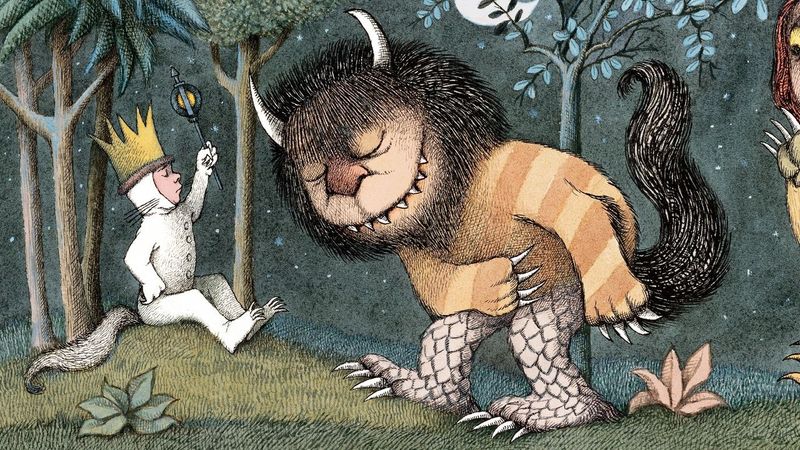
Max’s wild rumpus captured my daughter’s imagination like nothing else! She’d stomp around the bedroom afterward, pretending to be king of the Wild Things. The beautiful illustrations of monsters that were somehow scary yet friendly struck the perfect balance for brave little dreamers.
I loved watching her eyes widen during the ‘terrible roars’ part, then soften when Max returns home to find his supper waiting. Something about that ending – where love trumps adventure – created the coziest bedtime feeling.
Published in 1963, this masterpiece follows a mischievous boy who sails to an island inhabited by ferocious-looking but lovable monsters. The emotional journey from anger to loneliness to love makes it a psychological treasure that resonates with children’s deepest feelings.
3. The Very Hungry Caterpillar by Eric Carle
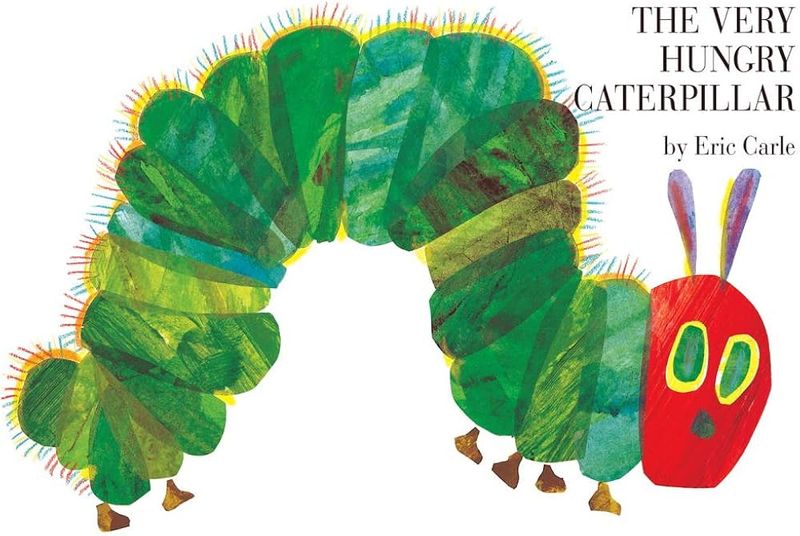
Tiny finger-sized holes let my twins follow that ravenous caterpillar’s journey through an incredible feast! Those distinctively colorful collage illustrations became instantly recognizable – we couldn’t pass anything remotely Carle-esque in a store without excited pointing.
My kids would count along with each food item, giggling at the ridiculous amount the caterpillar consumed. The transformation from hungry caterpillar to beautiful butterfly created the perfect metaphor for growing up that even toddlers could grasp.
First published in 1969, this ingenious book combines counting, days of the week, healthy eating concepts, and the miracle of metamorphosis. The clever die-cut pages that show the caterpillar’s path through various foods make this a tactile experience that has enchanted generations of little readers.
4. Brown Bear, Brown Bear, What Do You See? by Bill Martin Jr.

Rhythmic repetition had my little one chanting along before she could even talk! Those bold Eric Carle illustrations paired with the hypnotic cadence created the ultimate bedtime ritual. My daughter would eagerly anticipate each page turn, ready to discover which colorful animal would appear next.
The simple structure – “Brown Bear, Brown Bear, what do you see?” followed by “I see a [color] [animal] looking at me” – became so familiar that she’d recite it in her sleep. Those vibrant tissue-paper collage animals practically jumped off the page.
Published in 1967, this beloved picture book teaches colors and animals through its predictable pattern. The circular storytelling technique, ending with the children seeing all the animals they’ve just met, creates a satisfying loop that’s perfect for settling down sleepy minds.
5. The Giving Tree by Shel Silverstein
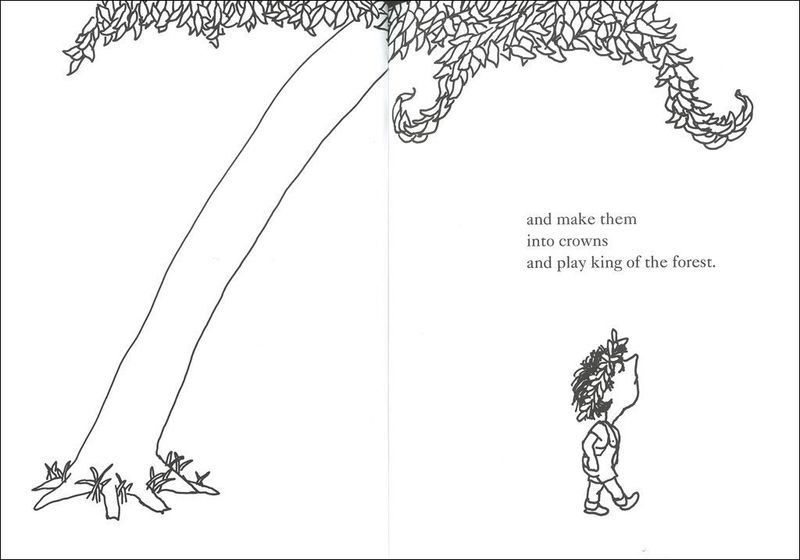
Tears welled up every time I reached the end of this bittersweet tale! The boy who keeps taking from the tree until there’s almost nothing left struck a chord with both me and my son. Those simple black and white illustrations somehow conveyed more emotion than elaborate full-color artwork ever could.
My kiddo would trace the outline of the tree stump with his finger during the final pages. We’d talk about what it means to give and take in relationships, planting seeds of empathy that I hope have grown as tall as that generous tree.
Published in 1964, this controversial classic explores themes of selfless love and the human tendency to take without giving back. The minimalist style and profound message continue to spark discussions about whether the relationship depicted is beautiful or troubling – making it a rare children’s book that grows in meaning as readers age.
6. Love You Forever by Robert Munsch

Rocking back and forth while reading the “I’ll love you forever” refrain became our special bedtime tradition! This emotional rollercoaster follows a mother’s unwavering love from her son’s infancy through adulthood. My voice would crack every time we reached the part where the roles reverse.
The illustrations perfectly capture the passage of time – from the mischievous toddler flushing a watch down the toilet to the grown man caring for his elderly mother. My daughter would study each page, noticing how the characters aged while their love remained constant.
Published in 1986, this heartstring-tugging story originated from Munsch’s experience with stillborn babies, when he would sing a private lullaby to his lost children. That personal grief transformed into one of the most cherished celebrations of unconditional parental love, selling over 30 million copies worldwide.
7. Guess How Much I Love You by Sam McBratney
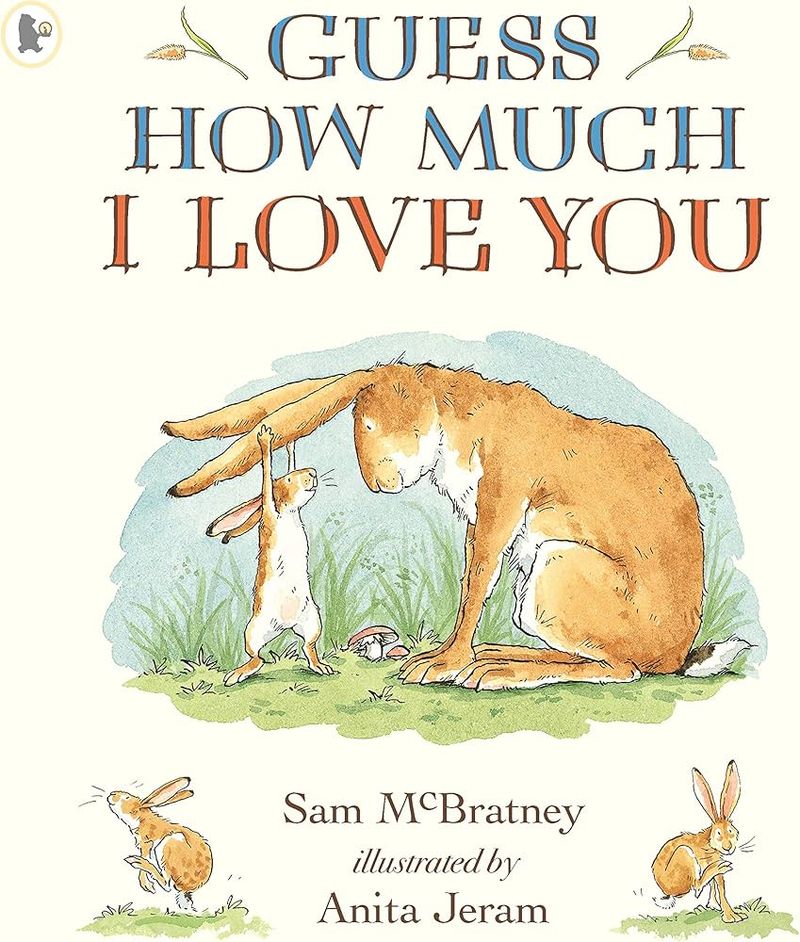
Little Nutbrown Hare and Big Nutbrown Hare’s competition to express their love melted my heart every night! My son would stretch his arms as wide as possible during the “this much” parts, trying to outdo the characters. Those gentle watercolor illustrations of the hares against soft pastoral backgrounds created the perfect dreamy atmosphere.
We developed our own bedtime ritual where we’d take turns being Little and Big Nutbrown Hare. “I love you right up to the moon,” I’d say, and he’d triumphantly respond, “And I love you right up to the moon… and back!”
Published in 1994, this tender tale of parent-child affection uses the natural world to measure something immeasurable – love. The subtle message that parents will always love their children more than children can comprehend resonates with both the young listeners and the adults reading to them.
8. The Tale of Peter Rabbit by Beatrix Potter
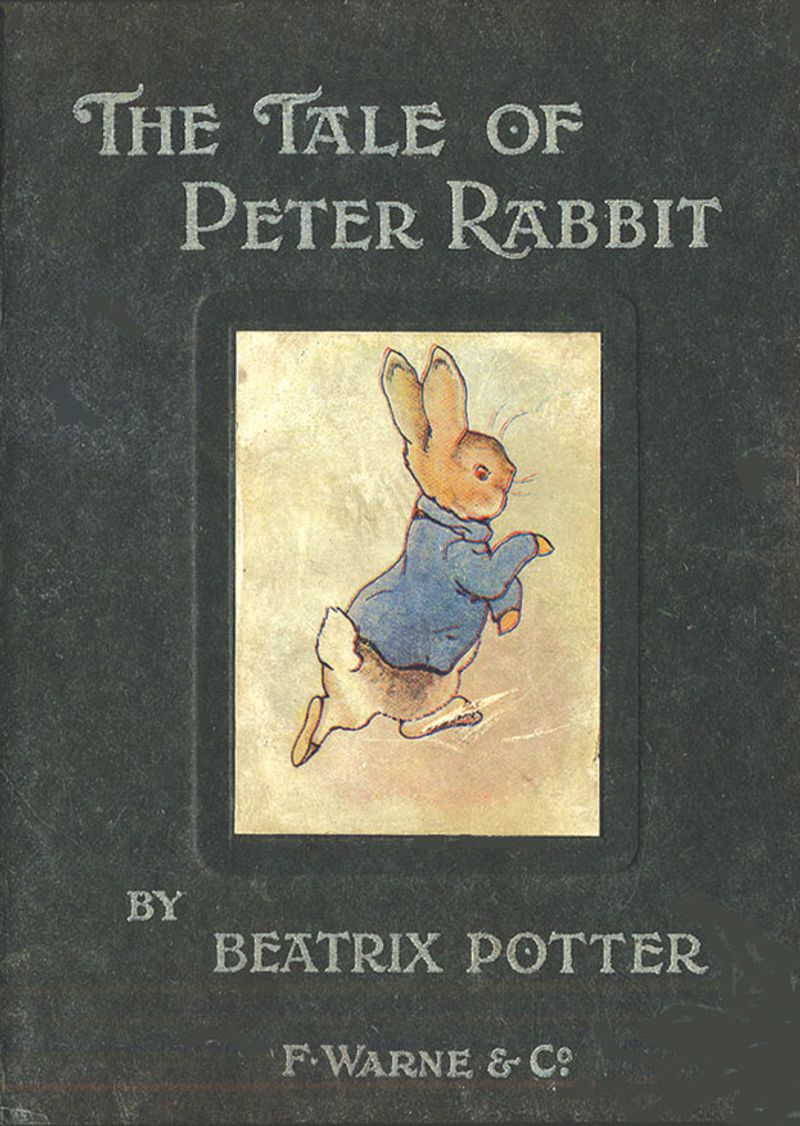
Mischievous Peter losing his jacket and shoes while escaping Mr. McGregor’s garden had my twins squealing with delight! Those delicate watercolor illustrations of anthropomorphic animals in their Victorian clothing created a magical world that felt both cozy and slightly dangerous – perfect for adventurous little minds.
We’d discuss whether Peter deserved his chamomile tea punishment while the good bunnies got bread and milk. The gentle moral lesson about following rules wrapped in an exciting garden chase made for surprisingly complex bedtime conversations with my four-year-olds.
Published in 1902, this groundbreaking little book began as a letter Potter wrote to an ill child. The small format, designed specifically for children’s hands, revolutionized children’s publishing. Potter’s scientifically accurate yet whimsical animal illustrations continue to charm generation after generation of young readers.
9. If You Give a Mouse a Cookie by Laura Numeroff

Circular storytelling at its finest! My daughter would giggle uncontrollably as the demanding mouse’s requests spiraled into increasingly ridiculous scenarios. The cause-and-effect chain that brings the story full circle created the perfect narrative loop for “just one more read” before lights out.
Felicia Bond’s expressive illustrations of the energetic mouse and his increasingly frazzled human host added layers of humor that my kiddo noticed more with each reading. We’d spend ages examining the detailed drawings, finding new funny moments hidden in the pictures.
Published in 1985, this clever tale launched an entire series of “If You Give…” books featuring different animals with similar circular plots. The book’s genius lies in capturing the endless energy and random thought patterns of young children, making it relatable to both kids and the exhausted parents reading it for the fifteenth time.
10. Corduroy by Don Freeman
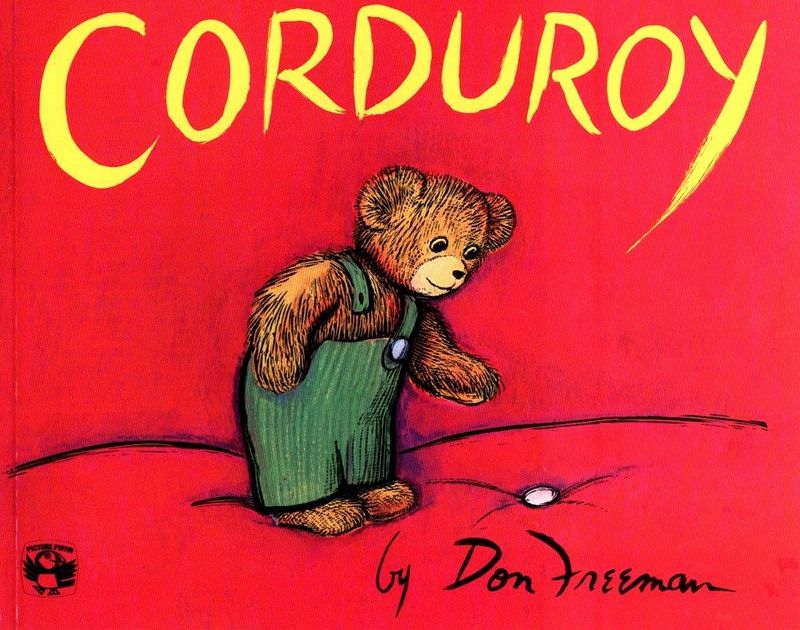
A teddy bear’s quest for his missing button captured my son’s heart completely! The department store adventure of this lovable stuffed bear searching for completeness before finding unconditional love resonated with his tender spirit. He’d insist on checking his own stuffed animals for missing buttons before bed.
Freeman’s warm illustrations perfectly balance the nighttime emptiness of the closed department store with the cozy brightness of Lisa’s home. The contrast between the commercial setting and the loving home environment created a subtle message about what truly matters.
Published in 1968, this sweet story about finding belonging regardless of imperfections has helped countless children feel secure in being loved just as they are. The bear’s determination to fix himself before being worthy of love, contrasted with Lisa’s immediate acceptance of him, button or no button, delivers a powerful message about unconditional love.
11. Alexander and the Terrible, Horrible, No Good, Very Bad Day by Judith Viorst
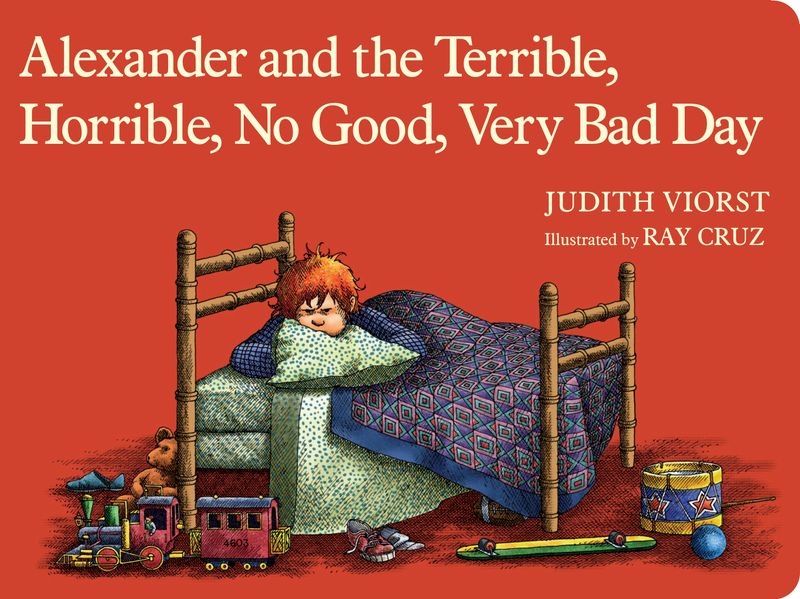
Validating bad days never felt so good! My twins howled with laughter at poor Alexander’s mounting catastrophes, from waking with gum in his hair to lima beans for dinner. The relatable frustrations and dramatic declarations of moving to Australia became a family shorthand for acknowledging when things weren’t going our way.
Ray Cruz’s scratchy black-and-white illustrations perfectly capture Alexander’s perpetual scowl and increasingly disheveled appearance. My kids would point out each disaster with a mixture of sympathy and schadenfreude that only children can muster.
Published in 1972, this refreshingly honest book acknowledges that sometimes days are just terrible from start to finish. The gentle reminder that “some days are like that—even in Australia” offers children the comforting perspective that bad days happen to everyone and, most importantly, they eventually end.
12. Madeline by Ludwig Bemelmans
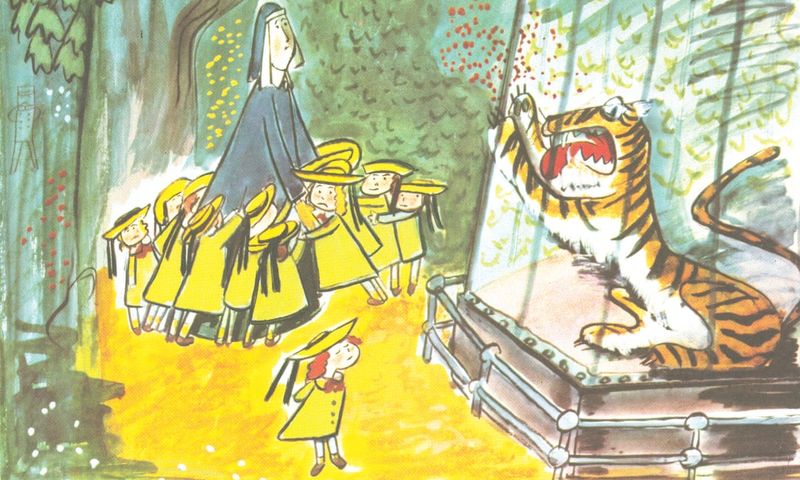
“In an old house in Paris that was covered with vines…” The opening lines transported us instantly to a world of yellow hats and straight lines! My daughter was captivated by brave little Madeline’s midnight appendectomy adventure. Those distinctive illustrations of Paris landmarks created a magical backdrop for bedtime dreams.
We’d count “twelve little girls in two straight lines” together on each page, turning it into a nightly game. The rhythmic text with its unexpected rhymes made reading aloud a delight, and I found myself reciting passages from memory during daytime car rides.
Published in 1939, this charming tale celebrates courage, independence, and the beauty of Paris through the eyes of its fearless heroine. Bemelmans’ unique illustration style, with its bold lines and watercolor washes, creates an unmistakable visual signature that has enchanted generations of children with its sophisticated yet accessible European flair.
13. The Velveteen Rabbit by Margery Williams
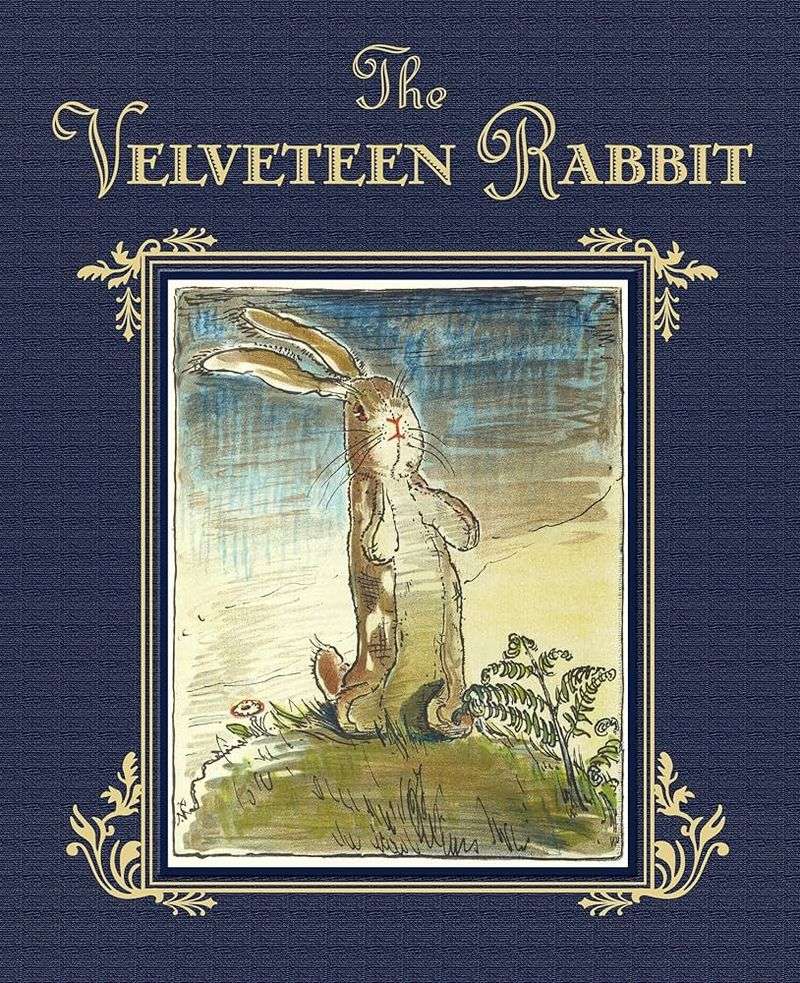
Tissues required! This poignant tale about a stuffed rabbit becoming real through a child’s love left both my son and me misty-eyed every time. The philosophical conversation between the Skin Horse and the Rabbit about what it means to be “Real” sparked surprisingly deep bedtime discussions about love and authenticity.
William Nicholson’s delicate illustrations perfectly capture the shabby-genteel transformation of the once-plush rabbit. My son would stroke his own well-loved stuffed bunny during the story, checking for signs that it might be turning real.
Published in 1922, this timeless classic explores profound themes of identity, sacrifice, and transformation through the journey of a humble toy. The magical realism of toys that come alive when humans aren’t looking taps into a universal childhood belief, while the bittersweet narrative teaches children about love’s power to transform us.
14. The Cat in the Hat by Dr. Seuss
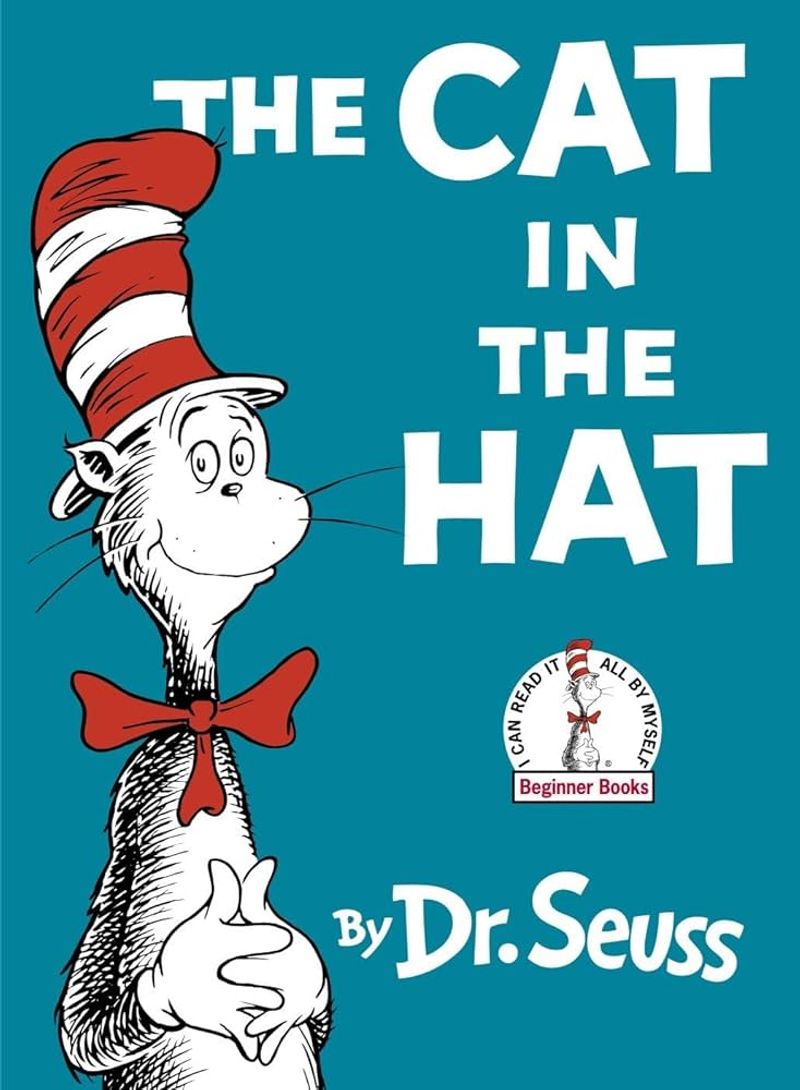
Chaotic rhyming mayhem was never so much fun! My twins would bounce with anticipation as the mischievous Cat unleashed Thing 1 and Thing 2 upon that pristine house. Dr. Seuss’s limited-vocabulary verbal gymnastics created tongue-twisting bedtime entertainment that never grew stale, no matter how many readings.
Those bold red, black, and white illustrations perfectly captured the escalating chaos and the children’s mounting anxiety about their mother’s return. My kids would point out each new disaster with a mixture of horror and delight, secure in the knowledge that order would eventually be restored.
Published in 1957 as a more entertaining alternative to the dry Dick and Jane primers, this revolutionary book made learning to read genuinely fun. The carefully controlled 236-word vocabulary, wrapped in wild storytelling and moral complexity, created a reading experience that respects children’s intelligence while entertaining them thoroughly.
15. Chicka Chicka Boom Boom by Bill Martin Jr. and John Archambault
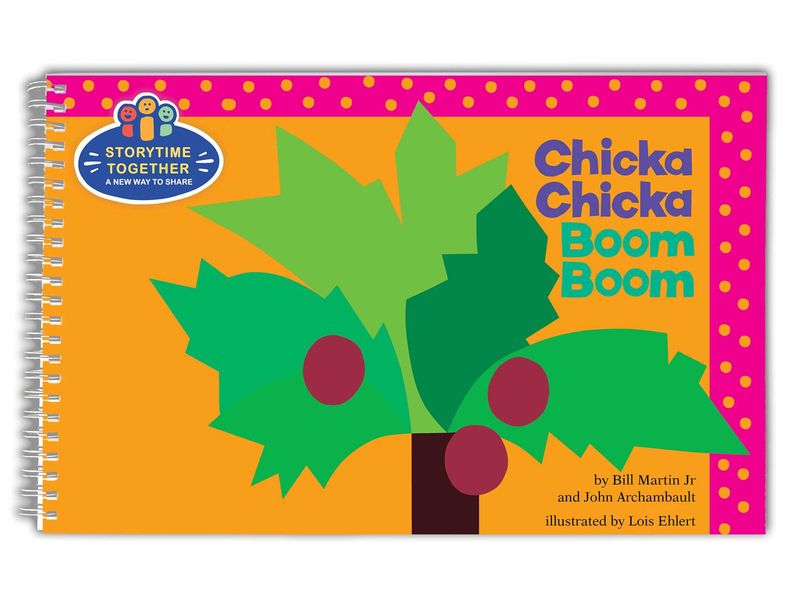
Alphabet letters racing to the top of a coconut tree created the most unlikely bedtime adventure! The rhythmic text with its jazzy beat had my daughter bopping along as lowercase letters climbed up and uppercase letters waited below. Those vibrant illustrations by Lois Ehlert turned abstract alphabet concepts into characters with personality.
My little one would chant “Chicka chicka boom boom!” for days after each reading. The repetitive refrain and predictable structure made it perfect for her to “read” along, building confidence in her pre-reading skills while having a blast.
Published in 1989, this innovative alphabet book transforms letters from abstract symbols into characters with a story. The percussive language, influenced by Caribbean rhythms, makes it irresistibly fun to read aloud, while the mild suspense of the toppling letters creates just enough drama for bedtime without being too stimulating.
16. Caps for Sale by Esphyr Slobodkina
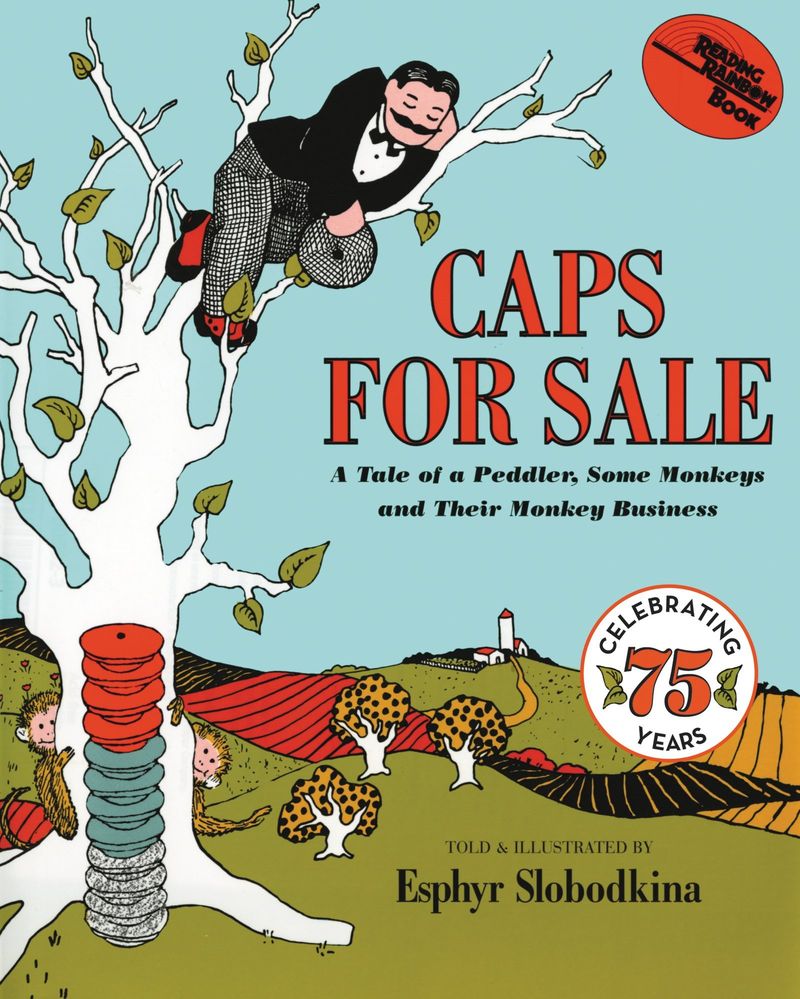
Monkeys mimicking a frustrated cap peddler had my son in stitches every night! The repetitive “You monkeys, you! Give me back my caps!” became our favorite phrase to shout together. Those simple yet expressive illustrations of the peddler with his tower of caps and the mischievous monkeys created a perfect visual rhythm.
My little boy would stack his stuffed animals on his head, pretending to be the peddler. When we reached the part where the peddler throws down his cap in frustration, my son would dramatically toss his own hat to the floor in perfect synchronization.
Published in 1940, this clever folktale teaches cause-and-effect while celebrating the humor of imitation. The peddler’s increasing frustration with the copycat monkeys, followed by his accidental discovery of the solution, creates a satisfying narrative arc that children love to predict and participate in.
17. Harold and the Purple Crayon by Crockett Johnson
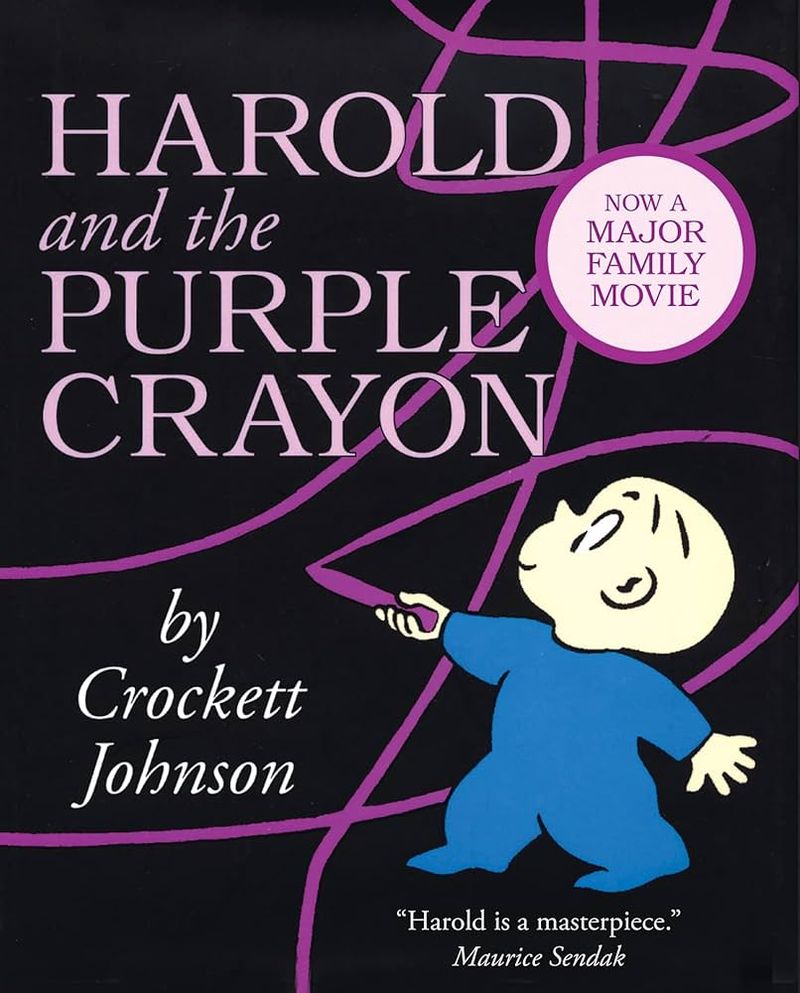
Creative problem-solving has never been so magical! My daughter was mesmerized by Harold’s ability to draw his way into and out of adventures with nothing but his purple crayon. The minimalist white backgrounds with purple line drawings sparked her imagination like nothing else.
We started keeping a purple crayon on her nightstand as a “dream tool” for adventures after lights-out. Johnson’s clean, simple illustrations demonstrate how the plainest drawing can tell the most extraordinary story when imagination is applied.
Published in 1955, this pioneering picture book celebrates a child’s power to create and control their own narrative. Harold’s journey – drawing a moon and path, creating forests and oceans, conjuring up dangers and rescues – mirrors the way children naturally use creativity to make sense of their world and solve problems, making it both entertaining and empowering.
18. Amelia Bedelia by Peggy Parish
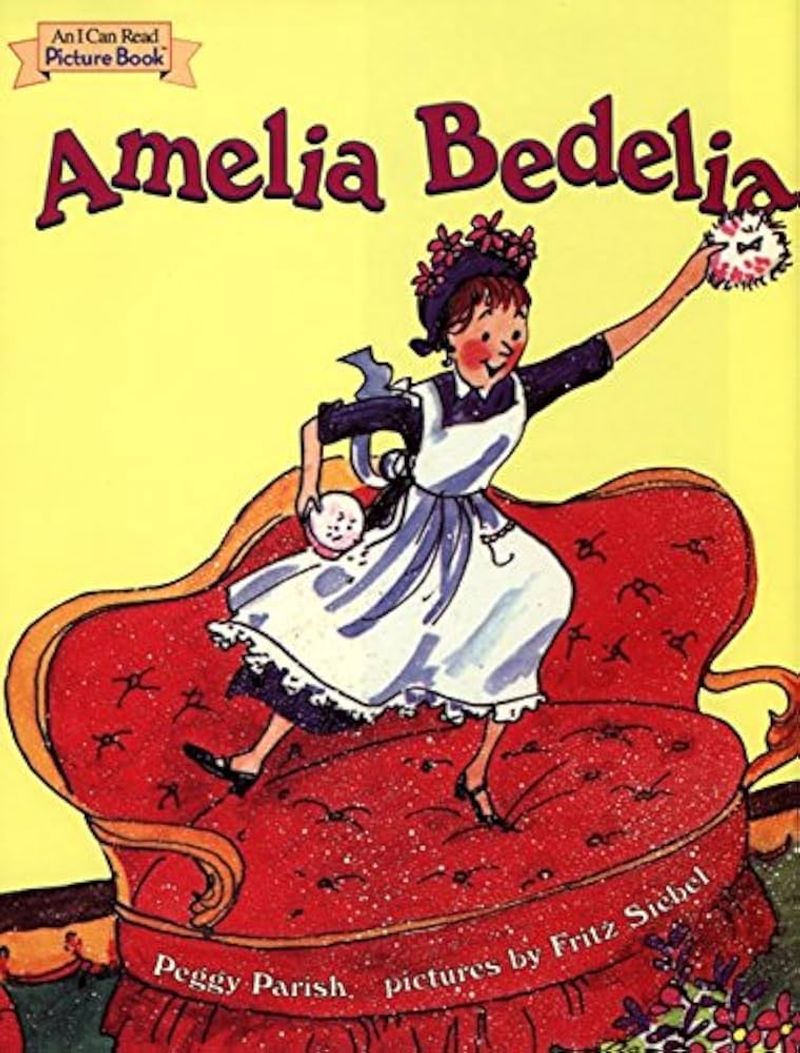
Literal-minded Amelia Bedelia’s misinterpretation of instructions had my twins rolling with laughter! “Draw the drapes” becoming an actual drawing of the curtains and “dust the furniture” involving dusting powder created comedy gold that helped my kids understand the complexity of language.
Fritz Siebel’s detailed illustrations showing Amelia’s earnest efforts to follow instructions exactly as stated added an extra layer of humor. My children would point at the pictures, explaining to each other what Amelia did wrong, developing their understanding of figurative language through giggles.
Published in 1963, this clever series uses humor to illuminate the confusing nature of English idioms. The gentle comedy of errors, combined with Amelia’s good intentions and her employers’ ultimate forgiveness (thanks to her delicious baking), creates a forgiving environment for children to explore language quirks and the importance of clear communication.
19. Strega Nona by Tomie dePaola
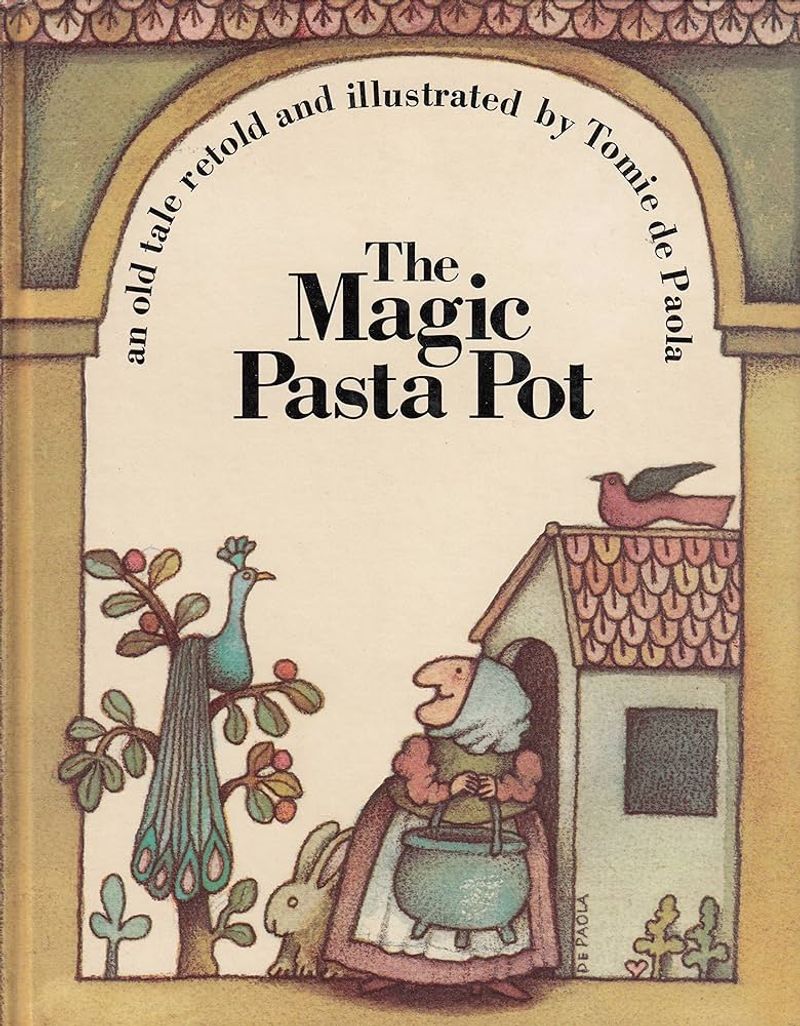
Pasta overflowing from a magical pot taught my son about following directions better than any lecture ever could! This Italian folktale about a grandmother witch and her impulsive helper Big Anthony created the perfect blend of magic, humor, and gentle consequences.
dePaola’s distinctive illustration style, with its thick black outlines and earthy colors, transported us to a quaint Italian village. My son would trace the flowing pasta with his finger as it filled the town, counting the strands and laughing at the villagers’ reactions.
Published in 1975, this Caldecott Honor book introduces children to the concept of hubris through Big Anthony’s misadventures. The combination of old-world charm, supernatural elements, and relatable human foibles creates a satisfying bedtime story that entertains while subtly reinforcing the importance of listening carefully and respecting others’ warnings.
20. Green Eggs and Ham by Dr. Seuss

Fifty words never created so much entertainment! Sam-I-Am’s persistent offering of oddly colored breakfast foods became a family catchphrase for trying new things. My daughter would chant along with the repeating refrain, building reading confidence through the predictable patterns.
The escalating absurdity of eating green eggs and ham in increasingly unlikely locations – in a box, with a fox, in the rain, on a train – had us creating our own silly variations. Dr. Seuss’s distinctive illustrations brought these ridiculous scenarios to vibrant life.
Published in 1960 after a bet that Seuss couldn’t write an entertaining book using only 50 different words, this masterpiece of constraint proves that creativity thrives within limitations. The transformation of the narrator from stubborn refusal to delighted acceptance delivers a powerful message about openness to new experiences that has encouraged generations of picky eaters to try just one bite.
21. Are You My Mother? by P.D. Eastman

A baby bird’s quest to find his mother tugged at our heartstrings while tickling our funny bones! My son would shake his head emphatically as the confused hatchling approached each unlikely candidate – “No, no, the cow is not your mother!” The mounting tension as the bird questioned everything from a dog to a boat to a plane created perfect bedtime drama.
Eastman’s expressive illustrations capture the baby bird’s determination and confusion beautifully. The emotional payoff when mother and baby are finally reunited never failed to produce satisfied sighs from my little one.
Published in 1960 as part of the Beginner Books series, this simple yet emotionally resonant story validates children’s fears of separation while reassuring them of a parent’s return. The repetitive questioning structure makes it accessible to beginning readers, while the underlying theme of identity and belonging speaks to universal childhood concerns about finding where and to whom one belongs.
